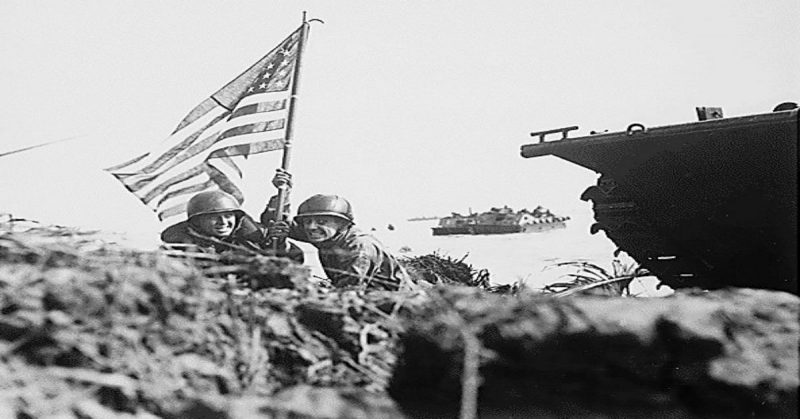The air was thick with the smoke from Chamorro barbecue fires as United States Marines led a parade through the streets of Hagatna, Guam, to celebrate Liberation Day on this Pacific Island. Thousands of islanders lined the streets to watch the military-themed parade pass by as they celebrated the day, 74 years ago, that the Marines liberated the island from the brutal Japanese occupation.
Battle for Guam
Shortly after the Japanese attacked Pearl Harbor on the 7th of December, 1941, the Japanese launched an attack on Guam. Two days of aerial strafing was followed by the landing of 400 troops on Dungcas Beach, shortly followed by thousands more.
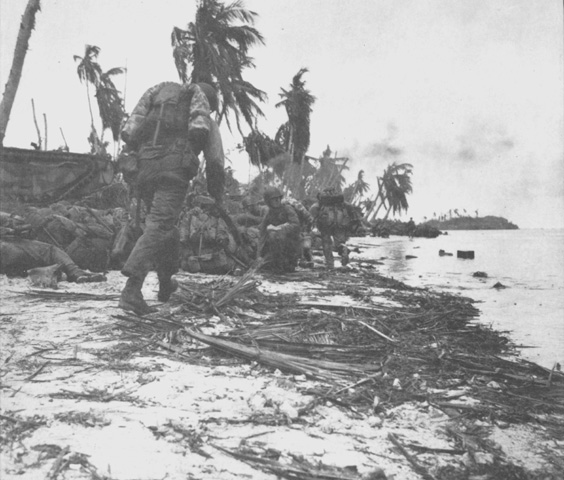
When the resistance formed from this tiny island’s population was quickly wiped out, the governor ordered the island to surrender as he was concerned that further resistance would result in the slaughter of the entire population, all of whom were American citizens.
This opened the way for almost three years of brutal Japanese occupation, which resulted in beatings, torture, beheadings, rape, and forced labor from the population.
Then, on 21 July 1944, American Marines arrived to begin liberating the island. The 3rd Marine Division landed on Asan Beach, and the 1st Provisional Marine Brigade landed a little further south at Agat.
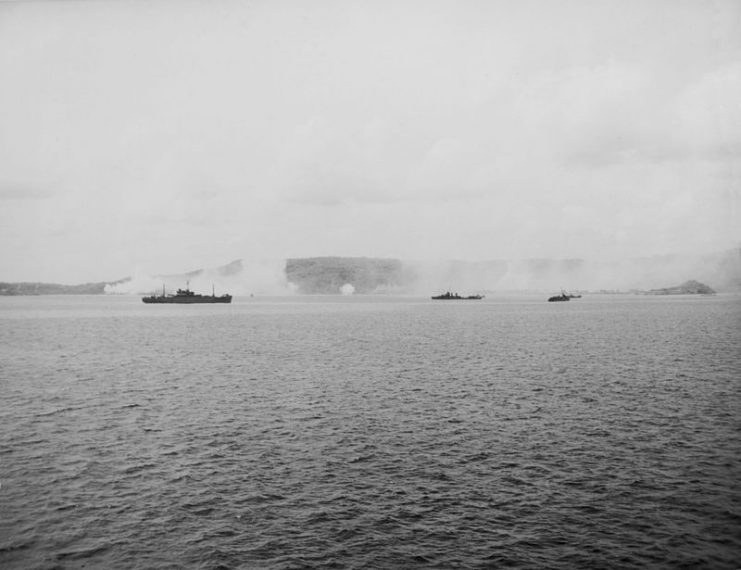
The Japanese resistance was fierce, and the Americans lost twenty-four armored troop carriers as well as hundreds of men killed and injured. They had established a beachhead by the first evening, but the terrain did not favor the Americans, and they were aware of the huge task ahead of them to wrest control of the island from the Japanese.
In the first couple of days, the Americans slogged through the dense jungle as the Japanese fought from a higher ground advantage. A favorite trick of the Japanese was to roll grenades downhill toward the Americans. Through this unrelenting battle, the Americans had 650 casualties.
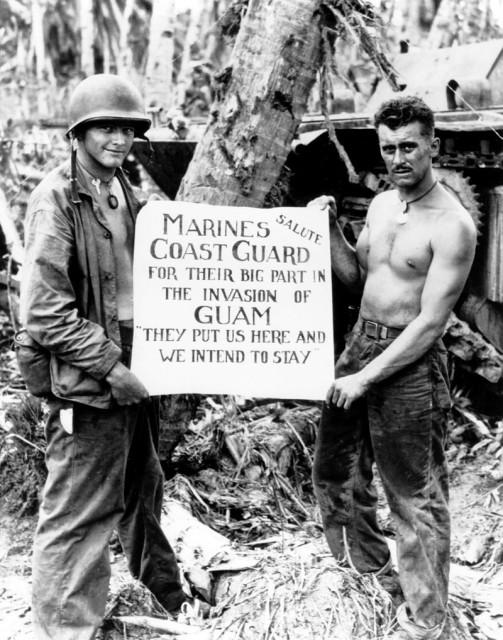
On July 23, the 77 Infantry Division from the US Army joined in the battle, and within the next couple of days, the Japanese threw everything that they had at the invading forces. The Americans faced banzai charges, in which the Japanese sent wave after wave of infantry at the Americans, as they slowly moved north.
On August 10, the Japanese General Hideyoshi Obata sent a message to the Emperor of Japan that the island had fallen to the Americans. The casualties on both sides were horrendous, with the American casualties recorded as 1,880 men killed and 6,000 injured, while the Japanese suffered over 18,000 men killed and 1,250 captured.
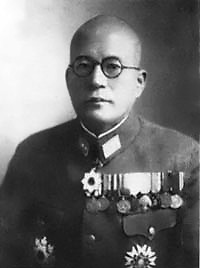
During the entire Japanese occupation, 1,170 people of Guam were killed with over 14,000 suffering atrocities at the hands of the Japanese. The invasion had affected over 75% of the island’s population.
Heritage remembered
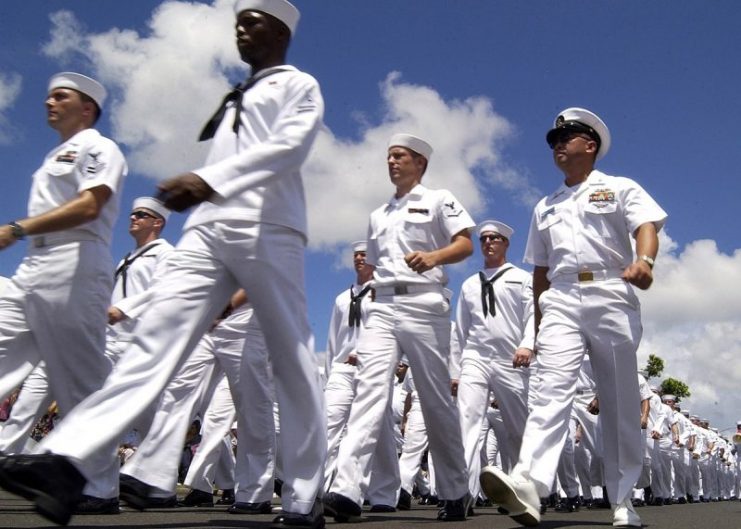
The Marines are heroes in the eyes of the people of Guam. They lined the streets as Brigadier General William Jurney, who has recently been appointed as Commander of the 3rd Marine Division, Rear Admiral Shoshana Chatfield, Commander of the American Navy’s Joint Region Marianas, and Eddie Calvo, the Governor of Guam, took the salute from the reviewing stand.
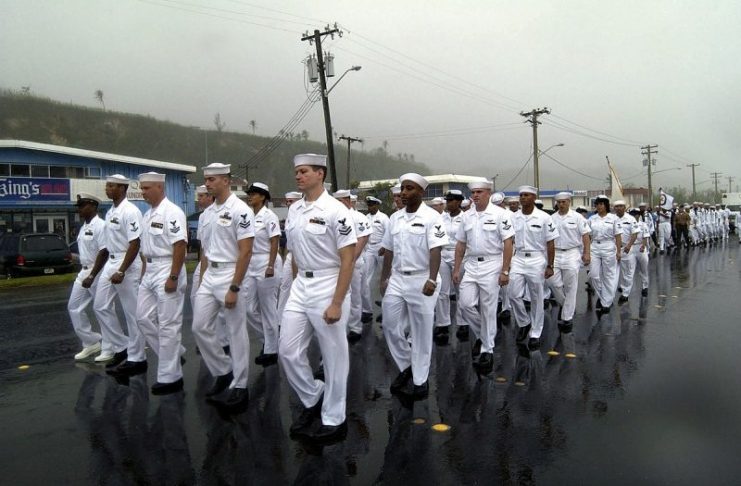
Not only were the residents of Guam pleased to be part of the Liberation Day celebrations, but those members of the Marines that call Guam home were very proud to polish their buttons and boots and brush off their uniforms so that they could honor the men that gave their lives to free the island.
Many residents can recall stories told by their parents of the horrors of the Japanese occupation, and some people are still alive that lived through that nightmare. Many put up tents along the parade route and spent the night before Liberation Day with barbecues and celebrating before the parade itself began.
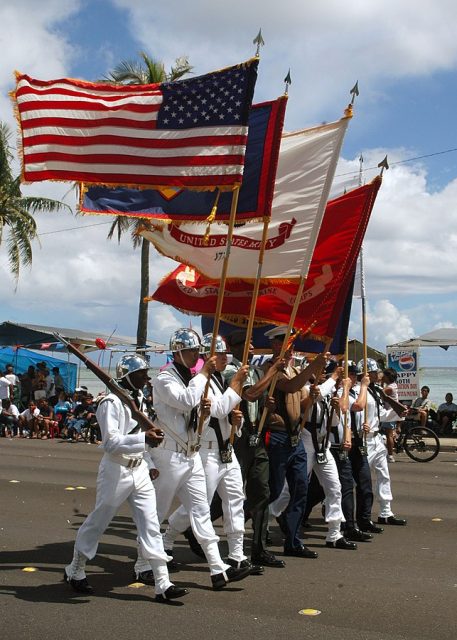
After the ceremony, the festivities continued with a magnificent fireworks display and a favorite Marine Band, Adapt and Overfunk, providing the music.
On a soberer note, there are several memorial services held in the week leading up to the celebration. These memorial services are held every year in memory of the soldiers and residents that lost their lives. They also serve to teach the younger generations about the horrors that came before, and the price paid for the beautiful lifestyle that the Guamanians enjoy today.
